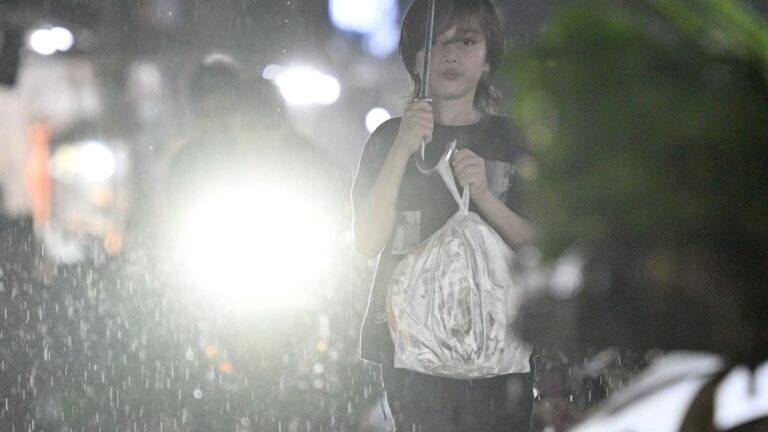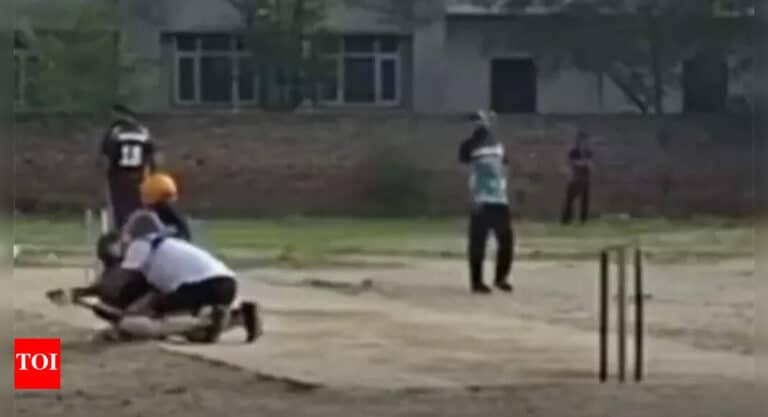
An interactive classroom session where Assamese words are being introduced at ITL Public School, Dwarka.
| Photo Credit: Special arrangement
Following a Central Board of Secondary Education (CBSE) circular emphasising the use of mother tongues in foundational classes, schools in Delhi-NCR have been mapping the various languages spoken by students, which has revealed linguistic diversity in most classrooms. The exercise being carried out independently by the schools has shown that students in the region speak between 10 and 20 different languages, including Hindi.
Most CBSE schools in Delhi-NCR are English-medium and offer Hindi, Sanskrit, or Urdu as the second language from Class 1, and a third language from a pool of foreign and local languages from Class 6.
Most principals The Hindu spoke to said that while English will remain the official medium of instruction, as most parents seem to be in favour of it, Hindi will be used “informally” in the primary classes for assistance, as is the practice in most CBSE schools. Many also said that they are formulating ways to use oral and visual media to introduce children to different languages, as incorporating those into the pedagogy right away wouldn’t be possible.
The CBSE directive dated May 22 referred to the National Curriculum Framework, which recommends that the “first language of literacy (R1) should ideally be the mother tongue or a familiar State or regional language”. It adds, “If there are practical considerations, such as classroom diversity, resource limitations, or oral traditions lacking written forms, R1 may shift to the State language, which would be a familiar language. R1 must serve as the medium of instruction until foundational literacy in another language is achieved.”
The schools have been asked to complete language mapping and realign curriculum by early July, when summer vacations end.
‘Teaching through folklore’
Sudha Acharya, principal of ITL Public School in Dwarka, said, “We found that 3,000 students had 21 different mother tongues, including Marathi, Odia and Malayalam. Hindi is the most spoken, so we will continue with Hindi and English as mediums of instruction until Class 2.”
To promote inclusivity, ITL has launched an initiative that exposes students to a different language every two weeks through music, folklore, and visual aids such as language trees and charts.
She added that even as her school has a bilingual teaching policy for the initial classes, many parents insist on early fluency in English, which they associate with “better prospects for higher education and employment”.
Urmimala Sudhakar, principal of Summer Fields School, Gurugram, said they will teach the various mother tongues orally as the CBSE circular does not mention teaching mother tongues for the purpose of testing.
“We are working on framing our own language policy. Students’ mother tongues will be taught orally. For instance, a teacher could ask a student how to say ‘water’ in their mother tongue. We cannot introduce it overnight as teachers will require training first,” she said.
‘Parents prefer English’
Ameeta Mulla Wattal, chairperson (innovations and training) of DLF Foundation Schools, noted: “Since there is great linguistic diversity, a separate class will not be held for three students who might have the same mother tongue. Rather, the languages can be incorporated in other ways to ensure that linguistic minorities in the classroom feel included.”
However, linguistic integration faces a major caveat: English remains the preferred mode for instruction for many parents, said Ms. Wattal. “In response to the mapping exercise, parents have overwhelmingly opted for English as the primary language. We will have to take this into consideration. It should be a parent-driven exercise,” she added.
Jyoti Arora, principal of Mount Abu Public School in Rohini, echoed this view. English will remain the mode of instruction. However, we are also encouraging teachers to use Hindi orally, she said.
Published – June 23, 2025 01:43 am IST




